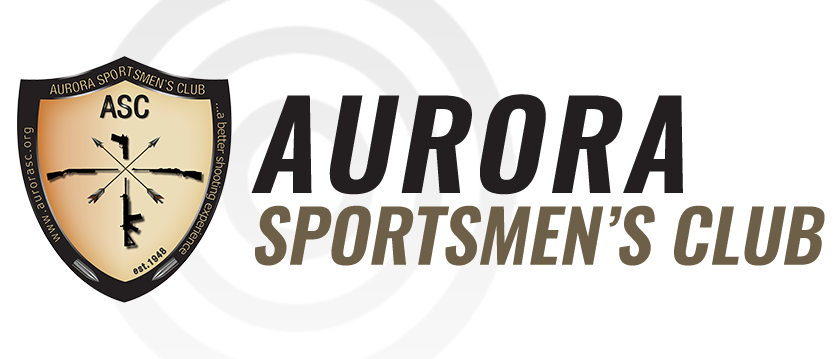Across The Course Matches
In NRA Across the Course (XTC) High-power Rifle Competition, shooters compete with either a Service Rifle or a Match Rifle. The Service Rifle division
is limited to the M1, M14, M16, M110 or their commercial equivalents such as an AR15, AR10 or M1A. Match Rifles typically are of custom make,
conforming to the desires of the shooter. They are freer of regulations than are the Service Rifles. Shooting is typically done with metallic aperture, or
peep, sights. New NRA rules allow the use of optics in NRA XTC matches. Match Rifles need to have either an internal magazine or external magazine
capable of reloading 5 rounds quickly. CMP Excellence in Competition (EIC) matches (AKA "Leg" matches) require the use of the United States Service
Rifle (M1, M14, M16, or commercial equivalents) with standard iron sights. Shooters competing XTC, usually fire at distances of 200, 300, and 600 yards•
(exception in Montana is Anaconda, where all firing is done at 200yds using reduced targets). In a typical 800 point aggregate match, the course of fire is
a total of 88 shots. Twenty record shots are fired in each stage, plus two sighting shots. Each shot is worth a maximum of ten points, with the entire
match being worth a total of 800 points. Stages include off-hand (standing), sitting rapid fire, prone rapid fire and prone slow fire.
•The first stage of fire consists of two sighting shots and 20 shots for record in 20 minutes. These shots are fired at a distance of 200 yards in
the standing/offhand position. The target used has a 3 inch X-ring, a 7 inch ten-ring. Each succeeding scoring ring is three inches wide. The
aiming black is 13 inches wide, consisting of the 9, 10, and X rings. The lowest value ring is the 5-ring. X's are scored a value of ten and are used
for tie breaking purposes.
•The second stage of fire consists of two ten-shot strings fired rapid fire from the sitting position with a time limit of 60 seconds for each string.
This string is also done at 200 yards using the same target as was used for offhand. The string can start with the shooter either in the standing or
sitting position. Once the clock starts, the shooter gets into position and shoots the 10 shots. If the shooter is using a semi-automatic rifle, 2 shots
are fired then a magazine change is required and the remaining 8 shots are fired. If the shooter is using an NRA type rifle, 5 shots are fired then a
re-load is performed and the remaining 5 shots are fired.
•The third stage of fire is rapid-fire prone (lying down) at 300 yards. Each of two ten-shot strings are fired in a time limit of 70 seconds. The
dimensions of the target are the same as the 200 yard target, with the exception of an additional ring of black to facilitate aiming.The string can
start with the shooter either in the standing or prone position. Once the clock starts, the shooter gets into position and shoots the 10 record shots.
The shooter uses the same re-load procedure as with the 200 yard rapid sitting.
•The final stage is fired at a distance of 600 yards. Twenty shots for record are fired slow-fire from the prone position in 20 minutes. The target
used has a 6 inch X-ring, and 12 inch 10-ring. The 9 and 8 rings are each three inches wider. Each ring of value below that is six inches wider. The
aiming black consists of the 7, 8, 9, 10, and X rings, which constitutes a 36 inch aiming black. (Some info courtesy of Mark Havlik, Minnesota Rifle
and Revolver Association)
